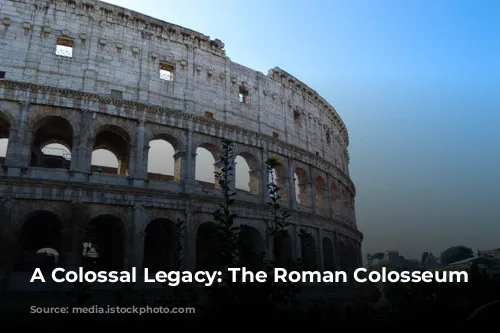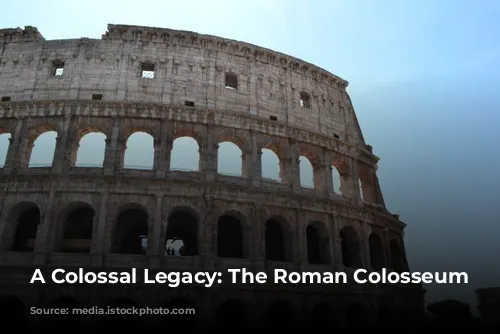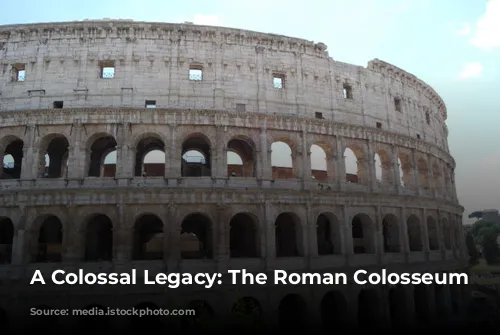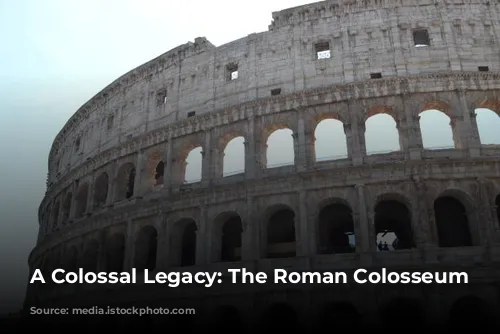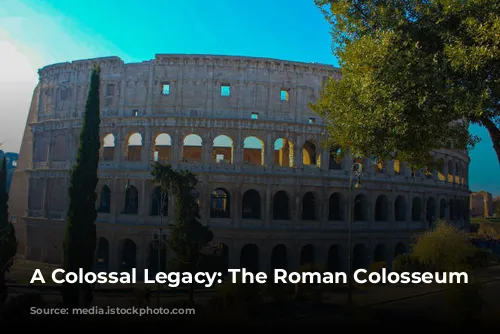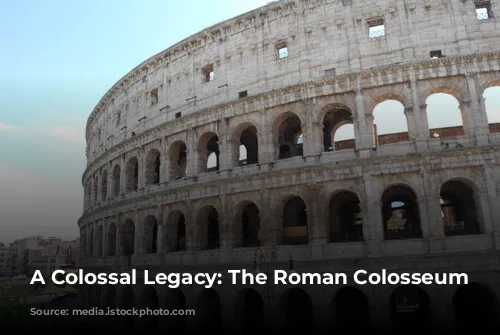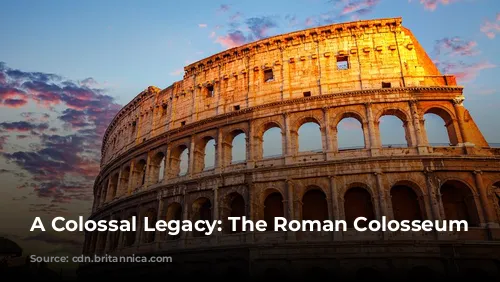The Colosseum, a majestic structure that stands as a testament to the architectural and engineering brilliance of ancient Rome, is one of the few remaining remnants of the Roman Empire that remains largely intact. This iconic landmark is also a significant source of tourism revenue for the Italian government. In 2018 alone, the Colosseum, along with the Roman Forum and Palatine Hill, generated over $63.3 million (€53.8 million), making it the most popular tourist attraction in all of Italy.
A Monument Restored
The Colosseum, however, has endured a tumultuous history. Following the decline of the Western Roman Empire, the structure fell into a state of disrepair. In the 12th century, the Frangipane and Annibaldi families took possession of the arena, transforming it into their fortress. Later, in the late 15th century, Pope Alexander VI sanctioned the use of the Colosseum as a quarry. For over a thousand years, the Colosseum faced neglect and decay. However, state-funded restoration efforts began in the 1990s, marking a turning point in its preservation.
A Symbol of Imperial Power
The Colosseum’s construction was part of a grand imperial initiative to revitalize Rome after the turbulent “Year of the Four Emperors” in 69 CE. Emperor Vespasian, following the tradition of other amphitheatres, envisioned the Colosseum as a spectacular entertainment venue, hosting gladiatorial combats, animal hunts, and even mock naval battles.
From Construction to Completion
Construction of the Colosseum commenced under the reign of Emperor Vespasian between 70 and 72 CE. The majestic structure was dedicated in 80 CE by Titus, Vespasian’s son and successor. Emperor Domitian, Vespasian’s other son, added the fourth story in 82 CE. The Colosseum’s funding was derived from the spoils of war, specifically from Titus’s conquest of Jerusalem in 70 CE, and the workforce included enslaved Jews from Judaea.
A Colossal Architectural Marvel
The Colosseum, also known as the Flavian Amphitheatre, is an elliptical structure crafted from stone, concrete, and tuff, reaching a height of four stories. It spans an impressive 620 by 513 feet (189 by 156 meters) and was designed to accommodate up to 50,000 spectators. It was famously used for gladiatorial combat, a spectacle that captivated the Roman populace.

A Symbol of Roman Power
The Colosseum was strategically placed just east of the Palatine Hill, on the site of Nero’s Golden House. The artificial lake that served as the centerpiece of Nero’s opulent palace was drained to make way for the Colosseum, a decision that held both symbolic and practical significance. Emperor Vespasian, whose rise to power was relatively humble, replaced the tyrannical emperor’s private lake with a public amphitheater that could host tens of thousands of Romans.

Engineering Brilliance and Architectural Design
Unlike earlier amphitheatres, which were typically constructed into hillsides for structural support, the Colosseum stands as a freestanding structure of stone and concrete. It features a complex system of barrel vaults and groin vaults, showcasing the advanced engineering skills of Roman architects. The Colosseum’s three lower stories are adorned with arcades framed by engaged columns in the Doric, Ionic, and Corinthian orders. The ascending arrangement of columns served as the inspiration for the Renaissance codification known as the assemblage of orders. The primary structural framework and facade are made of travertine, while the secondary walls are composed of volcanic tufa, and the inner bowl and arcade vaults are constructed of concrete.
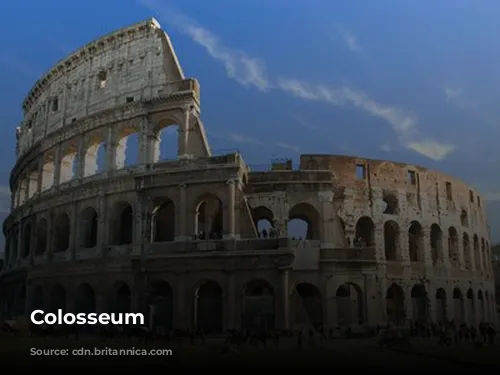
A Spectacle for the Masses
The Colosseum was capable of seating approximately 50,000 spectators, who were sheltered from the sun by a massive retractable velarium (awning). Supporting masts extended from corbels integrated into the Colosseum’s top story, or attic. Hundreds of Roman sailors were responsible for manipulating the rigging that extended and retracted the velarium. The Colosseum witnessed countless gladiatorial battles, contests between humans and animals, and even mock naval engagements. The authenticity of the Colosseum’s connection to the martyrdom of early Christians, however, remains a topic of debate.
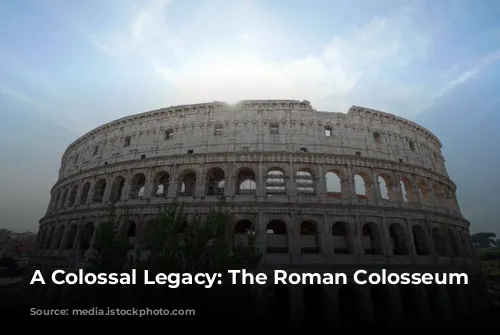
A Legacy of Enduring Power
In medieval times, the Colosseum served as a church and later as a fortress for prominent Roman families, the Frangipane and Annibaldi. The Colosseum sustained damage from lightning, earthquakes, and, most significantly, vandalism and pollution. The marble seats and decorative elements were stripped away, leaving the site as little more than a quarry for over a thousand years. The preservation of the Colosseum began in earnest in the 19th century, led by notable efforts from Pius VIII. A major restoration project was launched in the 1990s. Today, the Colosseum remains one of Rome’s most significant tourist attractions, attracting nearly seven million visitors annually. Regularly changing exhibitions delve into the culture of ancient Rome, further enriching the visitor experience.
